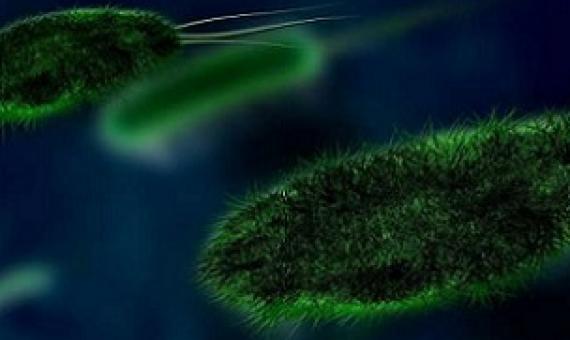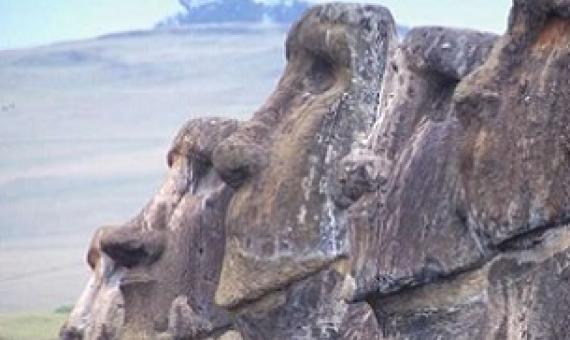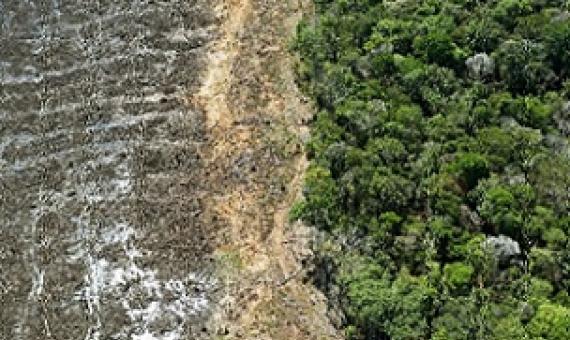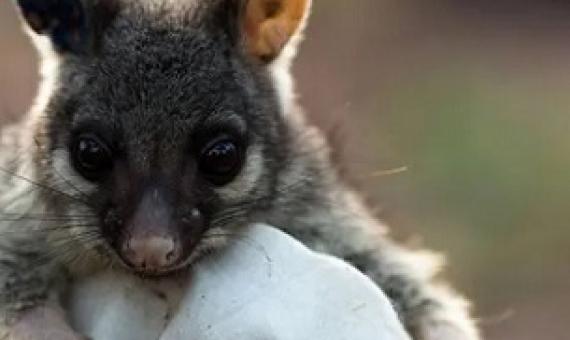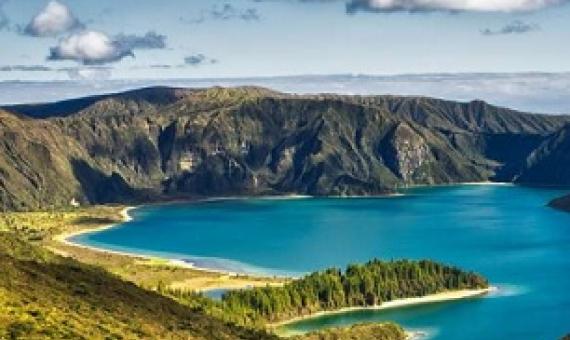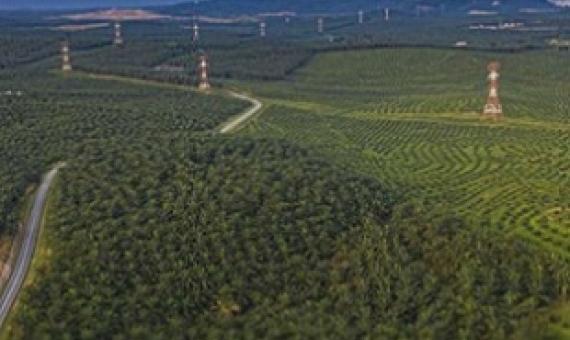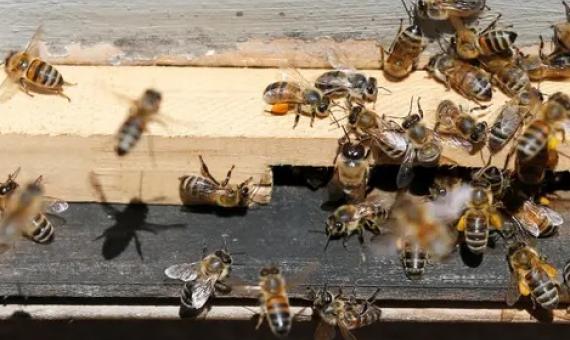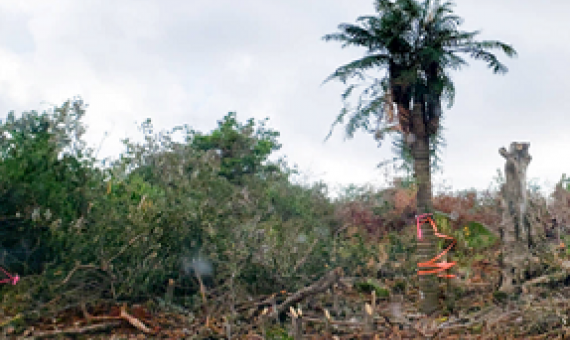According to a new report co-written by Illinois Natural History Survey postdoctoral researcher Valeria Trivellone, climate change, poverty, urbanization, land-use change and the exploitation of wildlife all contribute to the emergence of new infectious diseases, which, in turn, threaten global f
New research from Binghamton University, State University of New York suggests that the demographic collapse at the core of the Easter Island myth didn't really happen.
Whether it's turning forests into cropland or savannah into pastures, humanity has repurposed land over the last 60 years equivalent in area to Africa and Europe combined, researchers said Tuesday.
Human activity is fundamentally altering the distances the world’s animals need to move to live, hunt and forage, according to a study that examined the impact on more than 160 species across six continents.
Returning specific ecosystems that have been replaced by farming to their natural state in all continents worldwide would rescue the majority of land-based species of mammals, amphibians and birds under threat of extinction.
As the global population has doubled to 7.8 billion in about 50 years, industrial agriculture has increased the output from fields and farms to feed humanity.
The “unnoticed insect apocalypse” should set alarm bells ringing, according to conservationists, who said that without a halt there will be profound consequences for humans and all life on Earth.
The U.S. Marine Corps is building a base on Guam that will destroy 400 hectares (1,000 acres) of limestone forest, habitat for numerous endangered species. Click on the link below to read the full article.
The Nature Conservancy in collaboration with Conservation Science Partners recently produced the Global Human Modification map (HM) based on modeling how much (spatial extent) and at what magnitude (intensity) 13 different human activities impact terrestrial lands, ecoregions, and biomes.

